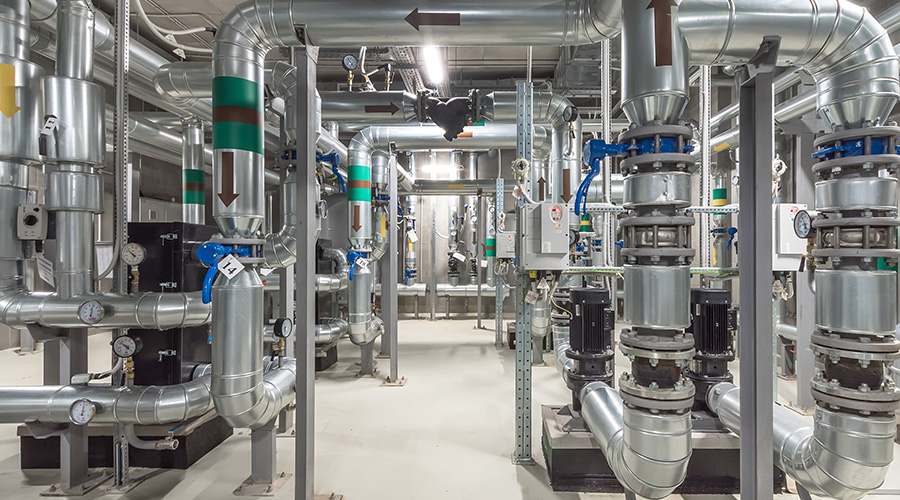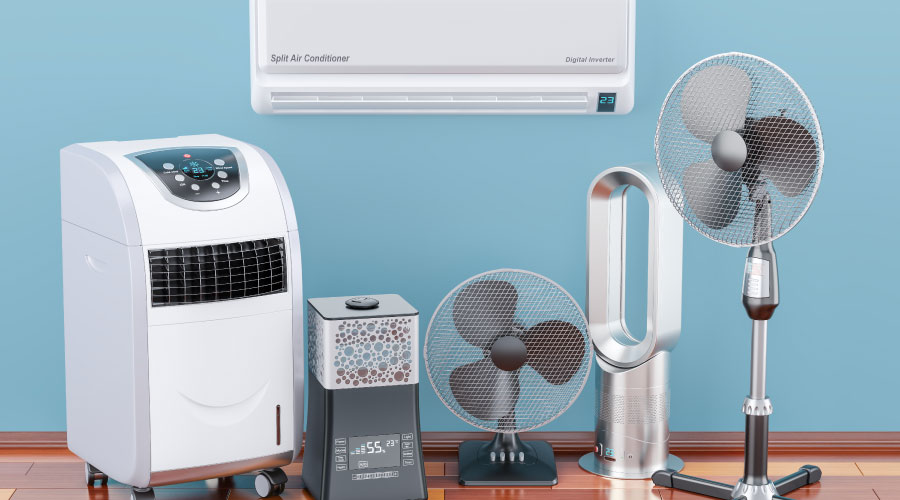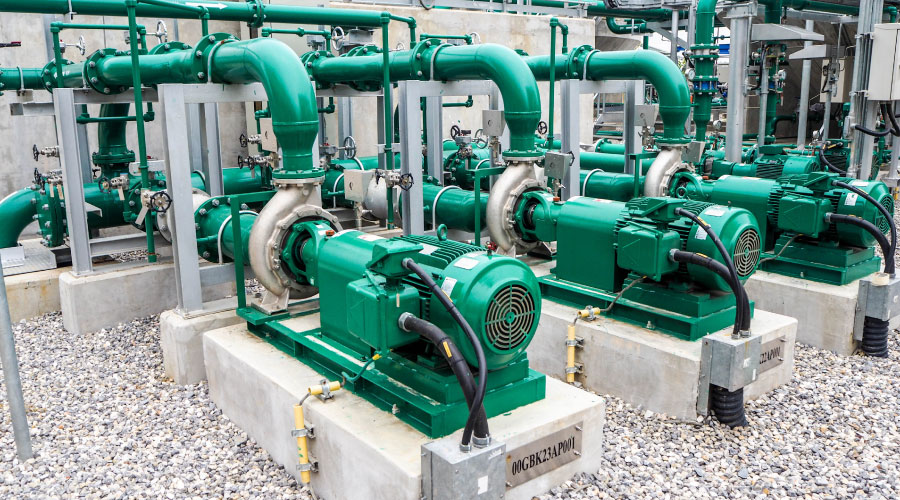Water Levels Important Issue in Operation of Cooling Towers
One of the biggest issues in cooling-tower operation is keeping the proper quantity of circulating water in the system. After water passes through the tower, it collects in the basin and returns to the circulating pumps. If the water level is too low, the pumps suck in air. If the water level is too high, the water overflows, creating roof damage and possible leaks.
Technicians can make up for water loss by adding water to the basin. In most towers, a float valve helps maintain a certain level of water. While float valves are simple to operate, they can malfunction, typically in the open position, allowing too much water to enter the basin. An alternative to the float valve is an electronic level control that maintains water levels between a minimum and maximum position.
Regardless of the system installed, technicians should monitor water levels in the tower basin daily to ensure proper operation. Since cooling towers can be a major source of water use, technicians should install a meter on the makeup-water line. By reading this meter daily or weekly, technicians can identify developing problems within the tower.
James Piper, P.E., is a national consultant based in Bowie, Md. He has more than 25 years of experience in facilities maintenance and management issues.
Related Topics:













